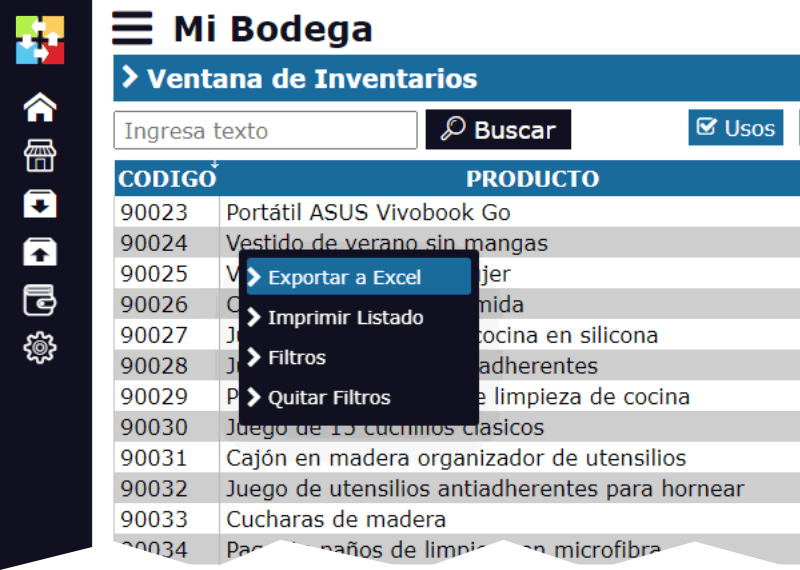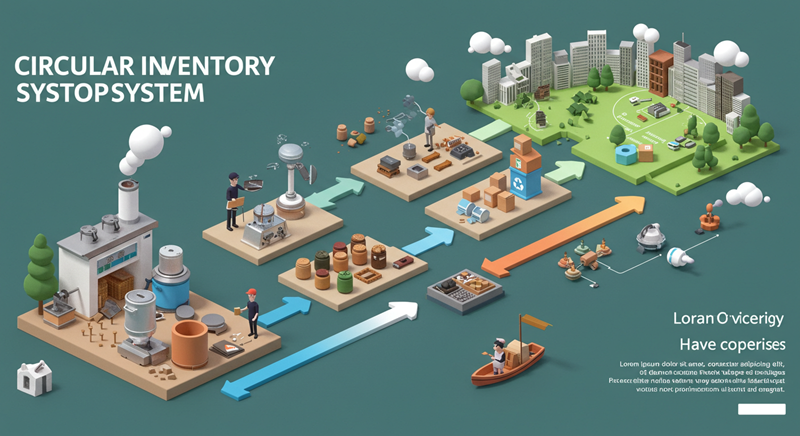Inventories in collaborative economy models: Shared asset rental.
Inventories in collaborative economy models: Shared asset rental
The collaborative economy, also known as the sharing economy, is an economic model based on the sharing of resources, goods, and services between individuals or companies. In this context, shared asset rental is one of the most common forms of collaborative economy, where asset owners rent them to other users in exchange for a fee. However, inventory management in these models is a complex issue that requires special attention.

What are inventories in collaborative economy models?
In the context of the collaborative economy, inventories refer to the amount of assets available for rent or sharing. These assets can be of any type, such as bicycles, cars, tools, clothing, etc. Inventory management in these models is crucial to ensure that assets are available when users need them and to minimize maintenance and storage costs.
Types of inventories in collaborative economy models
There are several types of inventories in collaborative economy models, including:
- Shared ownership inventories: In this model, assets are owned by a company or individual who rents them to other users.
- Shared access inventories: In this model, assets are owned by several individuals or companies who share them among themselves.
- Crowdsourced inventories: In this model, assets are provided by a community of users who share them among themselves.
Challenges in inventory management in collaborative economy models
Inventory management in collaborative economy models presents several challenges, including:
- Availability and accessibility: Ensuring that assets are available when users need them and that they are accessible at the right time and place.
- Maintenance and repair: Maintaining and repairing assets to ensure optimal operation and extend their useful life.
- Storage and distribution costs: Minimizing storage and distribution costs for assets.
- Safety and liability: Ensuring the safety and liability of assets and users who use them.
Strategies to overcome challenges in inventory management

To overcome challenges in inventory management in collaborative economy models, several strategies can be implemented, including:
- Using inventory management technologies: Using inventory management software and tools to track and manage assets efficiently.
- Creating a sustainable business model: Creating a business model that is sustainable and generates sufficient revenue to cover maintenance and storage costs.
- Establishing collaboration agreements: Establishing collaboration agreements with other asset owners or companies to share resources and minimize costs.
- Implementing safety and liability policies: Implementing safety and liability policies to ensure the safety and liability of assets and users who use them.
Conclusion
Inventory management in collaborative economy models is a complex issue that requires special attention. By understanding the challenges and strategies to overcome them, companies and asset owners can create sustainable and efficient business models that benefit all parties involved. The collaborative economy has the potential to transform the way we live and work, and inventory management is a key aspect for its success.




